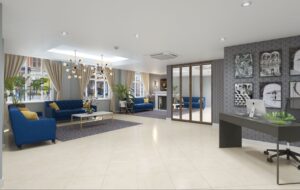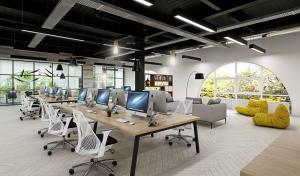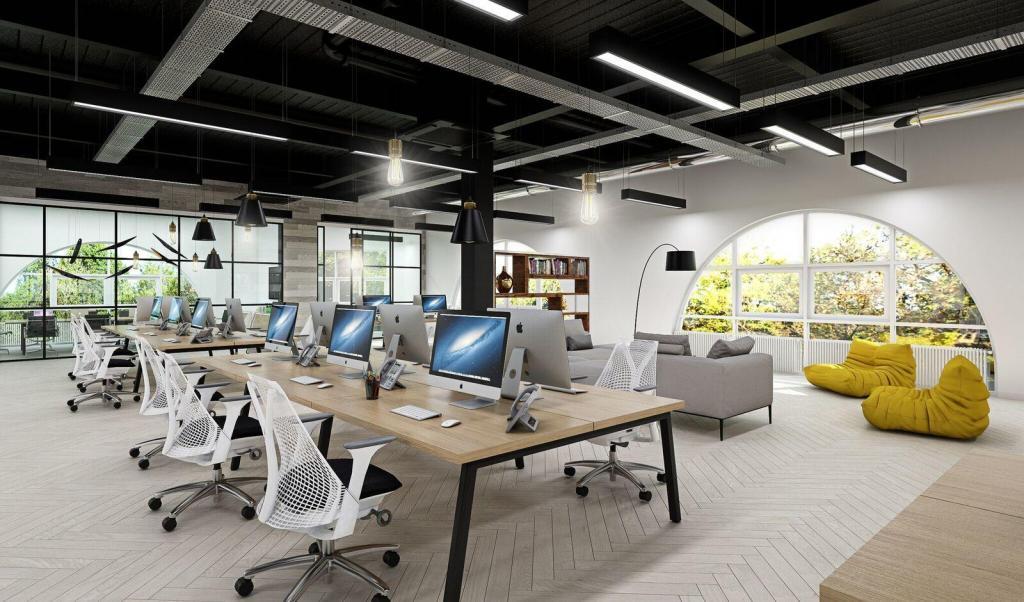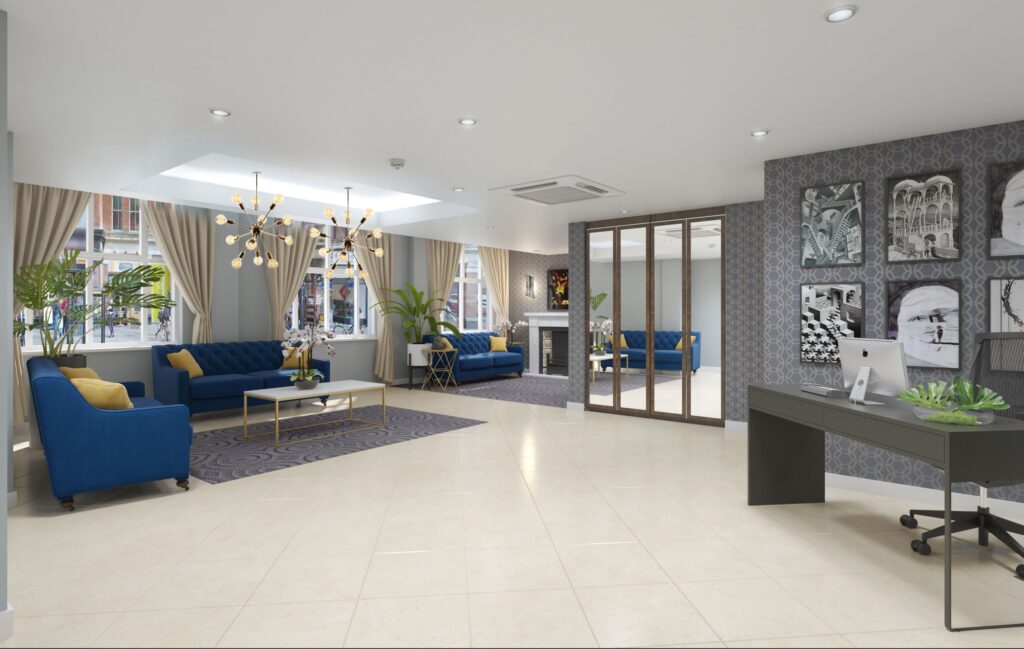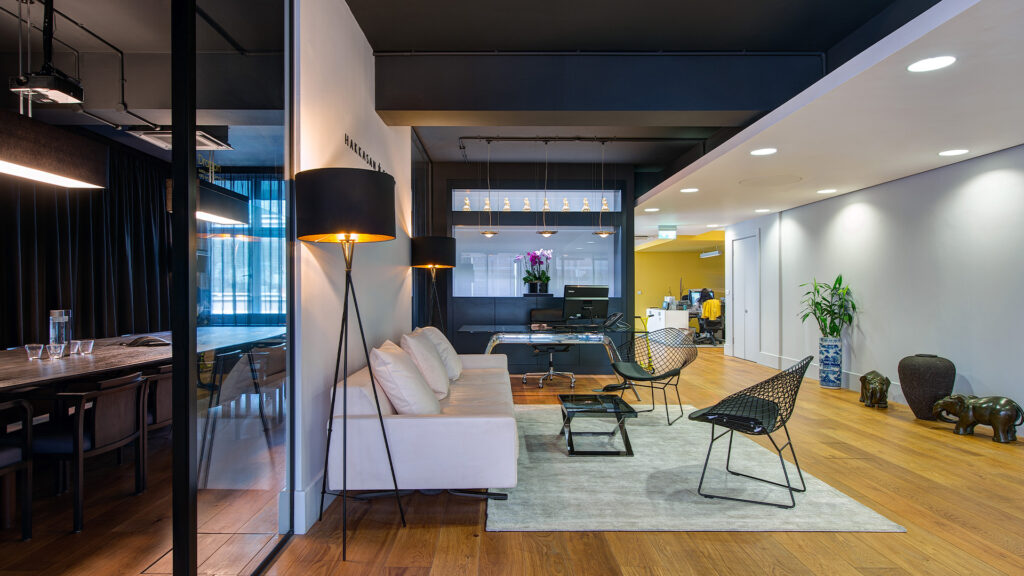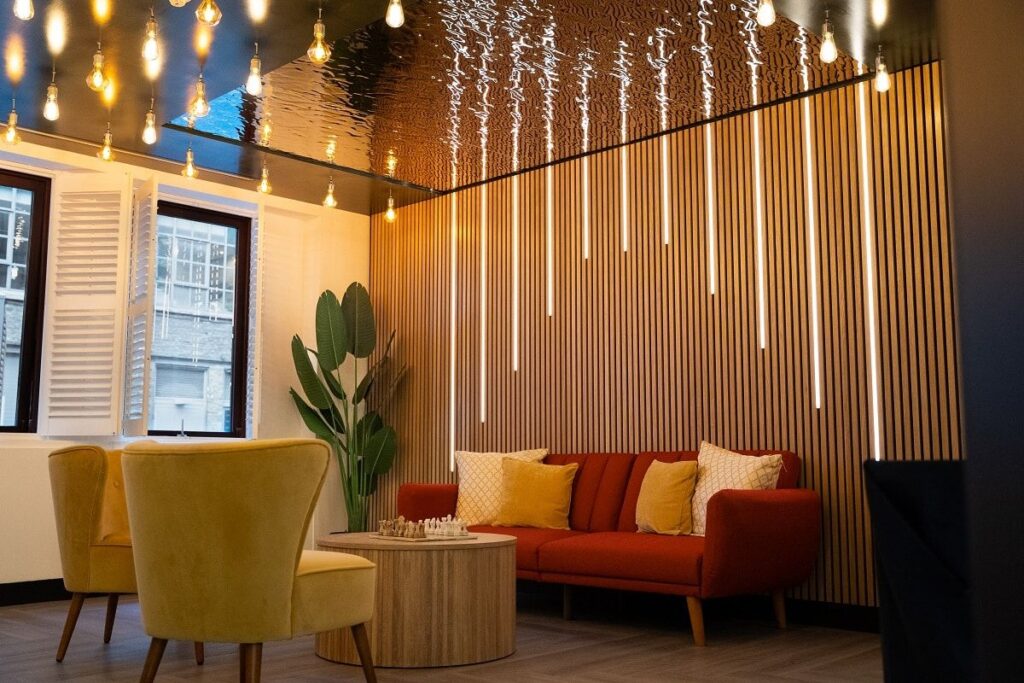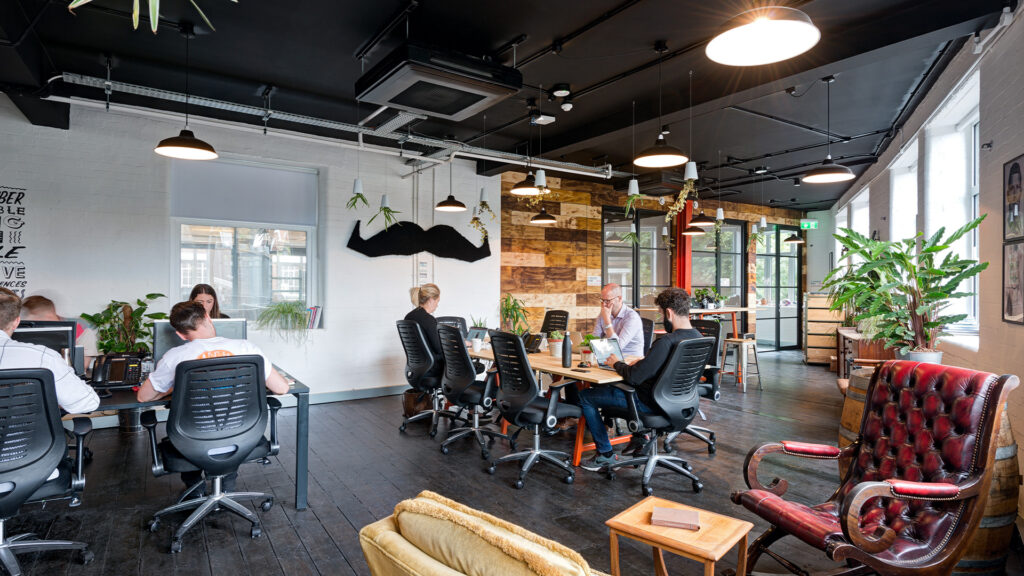When it comes to commercial interiors, you’ll often come across terms like Cat A and Cat B fit‑outs.
While Cat B typically refers to specific styling and branding, Cat A fit‑out is all about delivering the essential infrastructure and finishings that make a space ready for occupation and basic operation.
When executed well, Cat A fit-outs lay the perfect foundation for whatever comes next – whether you’re moving straight in or applying your own creative stamp.
Category A Definition
A Cat A (Category A) fit‑out is the landlord’s or developer’s provision of a base-grade specification. It covers all the core mechanical, electrical and plumbing (MEP) installations, ceilings, floors and surface finishes to a neutral standard.
It does not include tenant‑specific features such as customised partitions, branding, bespoke joinery, or furniture. These aspects are typically reserved for Cat B (Category B) fit‑outs, which the tenant commissions once the basic structure is in place.
Cat A essentially hands over a blank canvas – a clean, modern, functional building interior that complies with building codes, regulations, and user comfort standards. It ensures that incoming tenants don’t need to worry about the basics and can focus solely on delivering their own workplace vision.
The Key Components of Cat A
A typical Cat A fit‑out includes the following elements:
- Ceilings: Suspended ceiling grids with standard acoustic tiles.
- Lighting: Installed energy‑efficient luminaires, usually in a grid layout.
- Flooring: Raised access floors or consistent carpet tiles to allow flexible cabling.
- HVAC: Heating, ventilation, and air‑conditioning systems, including air handling units, ductwork and control mechanisms.
- Electrical: Distribution boards, basic power outlets and lighting circuits.
- IT/Data: Standard data points and trunking provisions for future requirements.
- Fire protection: Sprinklers, fire alarms, emergency lighting and signage.
- Washrooms and kitchenettes: Basic sanitary ware, communal facilities often with standard finishes.
- Optional blank partitions: Typically demountable walls or frames ready for Cat B planning later.
The finish is typically neutral and cost‑effective – think plain white walls, standard carpet tiles, and ceiling tiles that absorb sound. All spaces are code‑compliant and functional, but not personalised or branded.
What Cat A Doesn’t Include
It’s equally helpful to understand what’s outside the Cat A boundary:
- Branded elements like reception desks, feature walls or signage.
- Bespoke joinery or cabinetry.
- Furniture, loose seating or layout-specific elements.
- Acoustic partitions or demountable office pods.
- Feature lighting, decorative finishes, images or artworks.
- Tenant-specific HVAC zones or differentiated temperature control.
- Internal glazing, carpeting in colour or pattern, curtains or blinds – all standardised in Cat B.
Why Cat A Matters
Seamless Handover
A high-quality Cat A fit‑out ensures the building is ready to occupy with minimal hiccups. Tenants get a consistent, standardised offering that frees them up to focus on their unique fit‑out or furniture procurement without dealing with infrastructure unknowns.
Cost and Time Efficiency
Providing all core services in one go – electrics, HVAC, lighting, fire systems – streamlines the process. It avoids multiple trades entering during tenant fit‑out and reduces disruption and cost in the long run.
Flexibility for Tenants
With raised floors, blank ceilings and standard power/data provision, tenants have maximum flexibility to lay out their space, whether they require open-plan workstations, meeting zones, breakout areas or private offices.
Compliance and Risk Mitigation
Cat A installation typically meets all regulatory requirements, including building regulations, accessibility, fire and safety codes. This reduces the compliance burden on tenants.
When Does a Cat A Fit‑Out Make Sense?
- New-build or refurbished properties where landlords want to market a clean, ready-to-occupy space.
- Speculative developments where landlords deliver Cat A fit‑out, and tenants commission Cat B as required.
- Landlords offering multi-tenant offices, ensuring each incoming occupant receives the same baseline standard.
- Tenants needing a turnkey solution who will fit out to CAT B later or might sublet parts before committing to a full custom build.
Cat A vs Cat B: How They Fit Together
You can think of Cat A as the base layer and Cat B as the personalisation layer. Once Cat A is completed:
- The tenant commissions space planning – often working with architects or interior designers.
- Demountable partitions, feature glazing, branding and furniture are added.
- Lighting and finishes may be upgraded for tone and texture — for example, feature lighting zones, coloured carpets or wall vinyls.
- Final touches like signage, soft furnishings, acoustic solutions and kitchenettes are installed.
- The space is handed over for occupation in its final form.
This two-stage approach ensures both developer and tenant focus on their responsibilities – with minimal overlap or confusion.
Read more: What’s the Difference Between Cat A and Cat B Fit Outs?
Practical Considerations in Cat A Projects
Coordination
The seamless integration of HVAC, electrical, IT, fire and lighting systems requires careful coordination across consultants, contractors and suppliers. Early-stage planning avoids clashes or rework.
Quality Standards
Even though the finish is neutral, quality matters. Proper ceiling alignment, consistent lighting levels, well-sealed services and reliable HVAC performance help build confidence in the asset’s professionalism.
Future-Proofing
Install flexible cabling systems and plenty of trunking provisions. Tenants appreciate capacity for future expansion or technology upgrades.
Environmental and Comfort Targets
Modern Cat A often includes energy-efficient lighting, HVAC controls, and potentially even green credentials such as WELL or BREEAM standards. These are increasingly expected by tenants.
Budget and Schedule
Cat A fit‑outs usually run to a landlord’s budget per square foot. For landlords and developers, it helps to offer optional upgrades (like upgraded ceiling tile options or extra power outlets) which tenants may choose early.
It All Starts With A Category A Fit Out
A Cat A fit‑out is the unsung hero of commercial real estate – the essential infrastructure layer that makes spaces safe, compliant and usable. It delivers core services, neutral finishes and future flexibility without personalisation or branding. It’s the foundation on which tenant-specific Cat B fit‑out is layered.
At CCWS, our experience ensures that office fit outs are more than just basic builds – they’re quality, consistency, and reliability.
Frequently Asked Questions
Do landlords always offer Cat A?
Not always. In prime central London or high-end markets, landlords sometimes provide a bare shell and allow tenants to manage the entire fit‑out themselves. But Cat A is preferred in flexible, multi-tenanted or speculative offices.
Can tenants skip Cat A and go straight to Cat B?
Sometimes, yes – if they’re taking a shell-only building and are prepared to pay for all mechanical, electrical and structural installations themselves. However, this approach adds complexity and risk.
How long does a Cat A fit‑out typically take?
Depending on size, complexity and existing services, Cat A fit‑outs can take anywhere from a few weeks to a few months. A mid-size office might take 8–12 weeks for delivery.
Is Cat A environmentally friendly?
Many modern Cat A projects meet green building standards, include LED lighting, efficient HVAC systems, low-VOC finishes and can help contributors achieve BREEAM or WELL ratings.
Who pays for a Cat A fit‑out?
The landlord or developer typically covers it as part of the building specification. Sometimes tenants can request upgrades – which they pay for directly.


